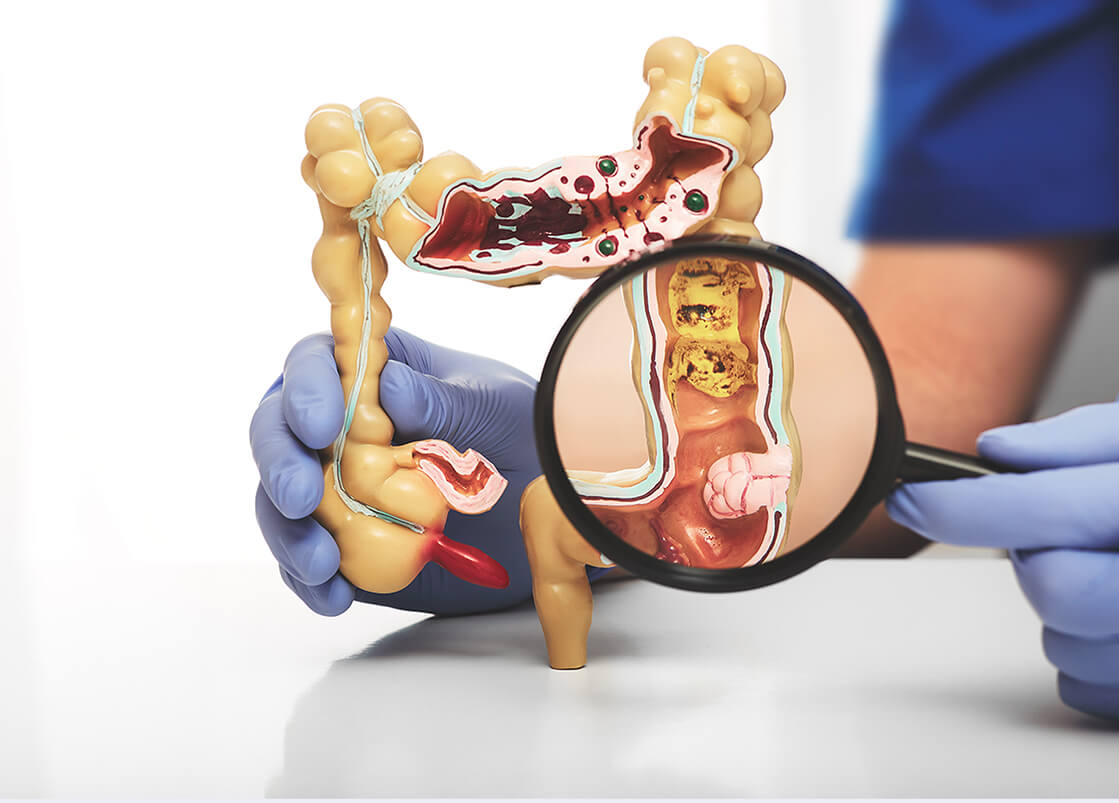Robotic Colorectal Surgery in India
One of the most prevalent malignancies in India, colorectal cancer, has had an increasing incidence rate in recent years. Most treatment for this illness is colorectal surgery, which entails the removal of malignant tissue from the colon or rectum.
For cancer patients in India, the Thangam Robotic Institute provides cutting-edge robotic-assisted colorectal surgery. In comparison to open surgery, robotic surgery has several advantages, such as quicker recovery times, less discomfort, and less scarring.
The Thangam Robotic Institute's highly qualified surgical staff uses the newest technology to give individualised and thorough care for each patient, ensuring the best results.

What is Robotic Colorectal Surgery
A robotic colectomy involves the removal of benign tumours and polyps in addition to malignant sections of the colon and rectum. After the cancer has been removed, a robot-assisted technique gives surgeons the tools they need to connect the two ends of the colon more quickly. Instead of the single, lengthy incision required in conventional open colon surgery, the treatment can be completed with a few minor incisions.

Dr. Aruna Prabhu M.S., M.Ch.,
Specialized Oncologist Surgeon
Dr. Aruna Prabhu is a surgical oncologist with training from prestigious pioneering institutions around the world. She moved to Namakkal because of her desire to help society. She is particularly interested in gastrointestinal, breast, and peritoneal surface cancers. She travelled the world to receive professional training in order to develop the peritoneal surface oncology unit. Under her direction, these clinics offer HIPEC (heated intraperitoneal chemotherapy), intraperitoneal chemotherapy for advanced ovarian, stomach, colorectal, pseudomyxoma, and other uncommon peritoneal cancers, as well as cytoreduction operations.
Read More
Dr. Deepti Mishra M.S., M.Ch.,
Specialized Oncologist Surgeon
A professional in surgical oncology. She left Mumbai after completing her super speciality degree to further her professional development abroad. She became aware of the enormous unmet demand for oncology care in remote areas of India during her training, which could only be met by the decentralisation of qualified professionals. In her initial position, she oversaw a renowned oncology centre in Belgaum, Karnataka. She later relocated to Namakkal, Tamil Nadu, where she is now, in order to start a facility that specialised in performing sophisticated oncology work at a reasonable price.
Read MoreConditions Treated:
Robotic Low Anterior Resection (LAR)
Rectal cancer is treated via LAR surgery. The area of your rectum that has cancer will be excised during LAR surgery. Your colon will be linked to the remaining portion of your rectum. After your procedure, you will be able to have bowel movements normally.
Robotic-assisted surgery combines the advantages of minimally invasive procedures with the capacity for extremely precise dissection and three-dimensional imaging, which makes the surgical robot the perfect tool for use on the rectum and in the pelvis.
Robotic Ultralow AR
Since it is difficult for the surgeons to see clearly inside the cramped confines of the pelvis, using robotic technology to do an ultra-low anterior resection has many advantages.
Robotic APR
A total mesorecta excision (TME) of the rectum and an appropriate circumferential resection margin (CRM) of the anus are required for an abdominoperineal resection (APR). In a traditional open or laparoscopic method, the rectal dissection is carried out up to the level of the pelvic floor, and then the anus and pelvic floor muscles are excised and sliced circumferentially to enable 'en bloc' tumour excision. The pelvic floor is typically very deep below the skin's surface, making dissection technically difficult and frequently resulting in blind dissection.
Robotic Colectomy
A surgery called a colectomy is performed to treat conditions of the colon. These include diverticulitis, malignancy, and inflammatory illnesses. The use of a robotic approach for this surgery has a few advantages over open surgery, including smaller incisions, better suturing flexibility for the surgeon, fewer problems, and reduced pain.
Robotic Sigmoidectomy
The sigmoid colon, the S-shaped portion of the large intestine right before the rectum, is removed entirely or in part during sigmoidoscopy surgery. The two healthy ends of the digestive tract are then connected, where possible. For patients with colorectal diseases, robotic-assisted sigmoid colon resection offers a minimally invasive alternative to the laparoscopic technique with better intraoperative and postoperative results.
Robotic Intersphincteric Resection
The most anus-sparing method for low rectal cancer is inter sphincteric resection (ISR), which is also thought to be an oncological safe treatment.
FAQ
-
What signs and symptoms of colorectal cancer are typical?
Blood in the stool, changes in bowel habits, abdominal pain, and unexplained weight loss are typical signs of colorectal cancer.
-
What kinds of colorectal surgery are practised in India?
Open surgery, laparoscopic surgery, and robotic-assisted surgery are some of the many types of colorectal surgery that are offered in India.
-
How long does colorectal surgery recovery take?
Depending on the type of procedure done, different colorectal surgeries have different recovery times. Most patients may resume their regular activities, nevertheless, in six weeks.
-
What advantages does colorectal surgery have in India?
In India, complex surgical operations utilising the most recent tools and technology are available at a lower price than in many other nations.
-
What can I do to lower my chance of getting colorectal cancer?
A nutritious diet, frequent exercise, giving up smoking, and consuming less alcohol are all lifestyle modifications that can help lower the chance of developing colorectal cancer. Regular screening tests are also crucial, especially if there is a family history of the disease.
